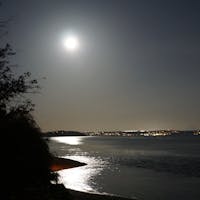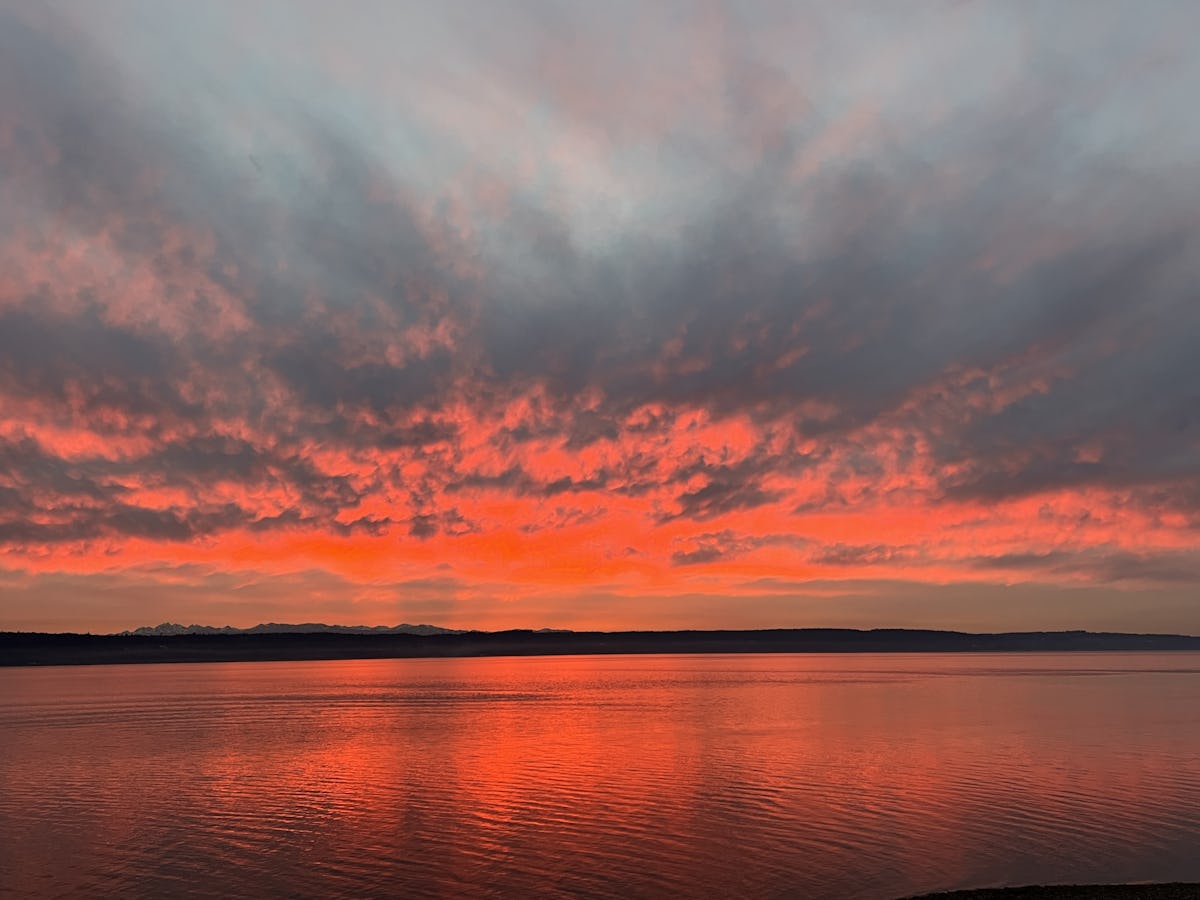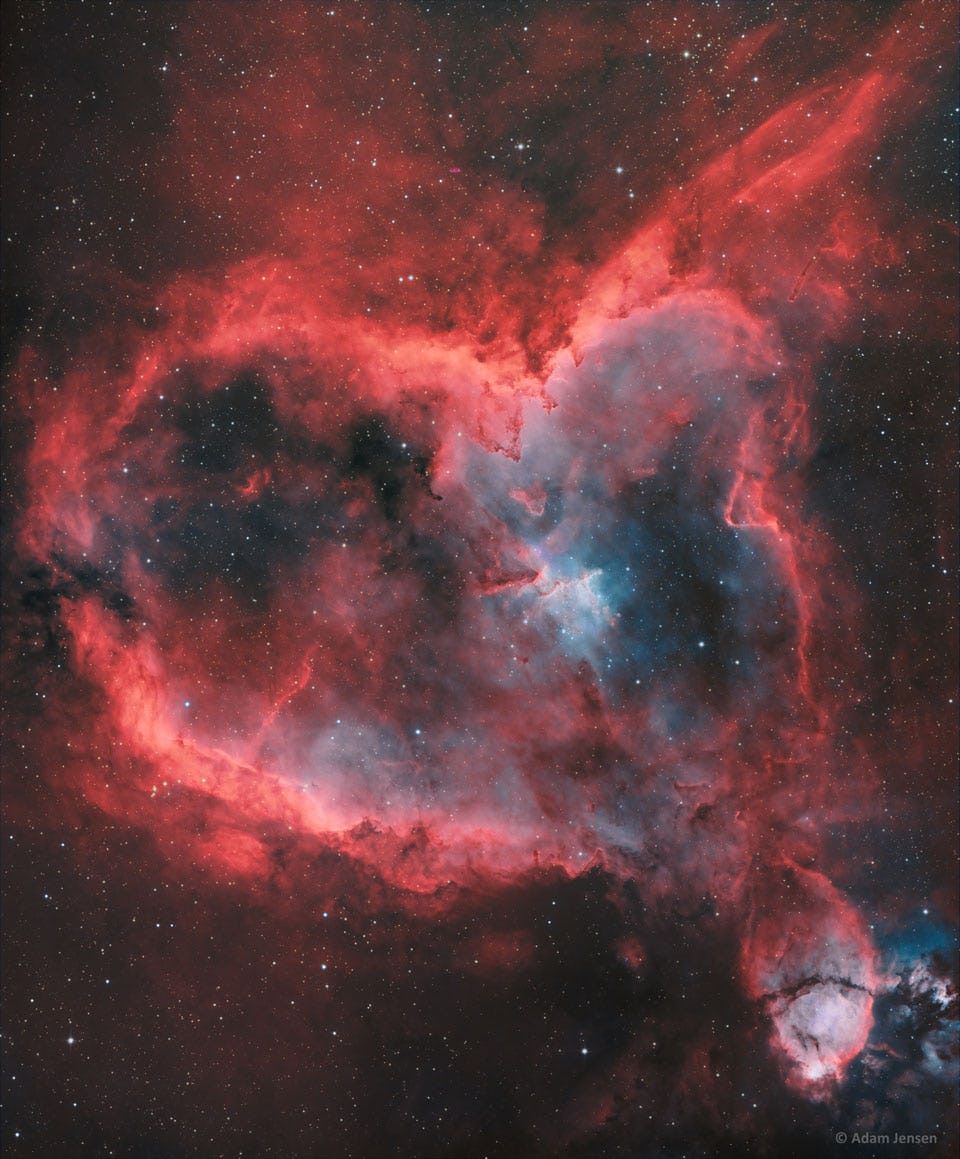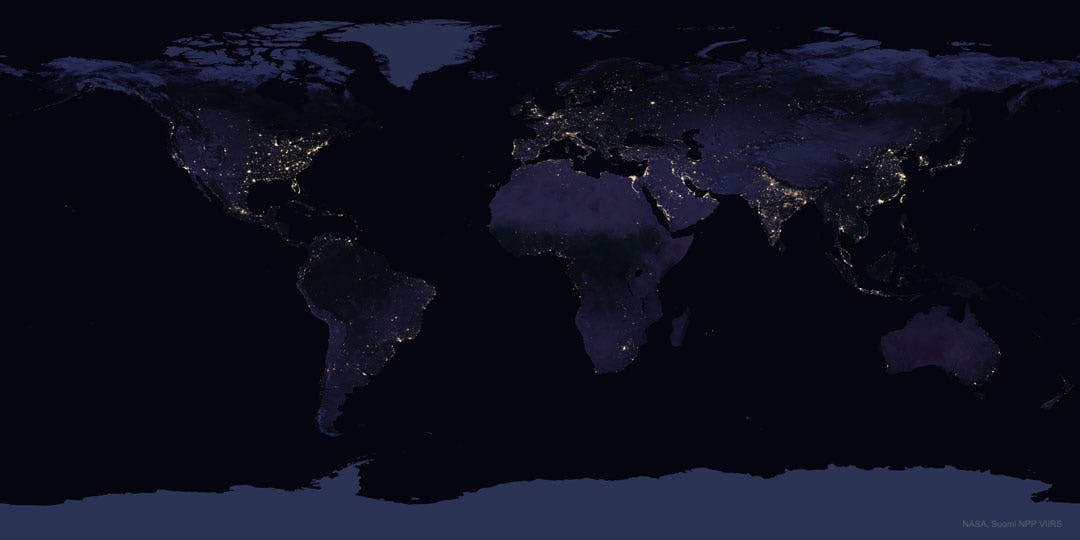Break away,
you beautiful one.
Leave me now,
my time is done.
Public Posts Bellevue, WA Bellevue, WA (zoom)
I am asleep.
In my head
are thoughts, now,
believing I am dead.
What thoughts, these,
rising in the morning.
A Spring breeze
coming to warn me,
must I soon appease,
a checkered past?
Dropping to my knees,
my prayers are for the past.
Love was here,
now it's gone.
The words ring,
on and on.
Day after day.
Night after night,
I'm unsure, if it's
wrong or right.
NASA Astronomy Picture of the Day:
What excites the Heart Nebula? First, the large emission nebula dubbed IC 1805 looks, in whole, like a human heart. Its shape perhaps fitting of the Valentine's Day, this heart glows brightly in red light emitted by its most prominent element: excited hydrogen. The red glow and the larger shape are all created by a small group of stars near the nebula's center. In the heart of the Heart Nebula are young stars from the open star cluster Melotte 15 that are eroding away several picturesque dust pillars with their energetic light and winds. The open cluster of stars contains a few bright stars nearly 50 times the mass of our Sun, many dim stars only a fraction of the mass of our Sun, and an absent microquasar that was expelled millions of years ago. The Heart Nebula is located about 7,500 light years away toward the constellation of the mythological Queen of Aethiopia (Cassiopeia).
Photo by Adam Jensen
Mark Twain - Samuel Langhorne Clemens, known by his pen name, Mark Twain, was an American writer, humorist, publisher, and lecturer.
Note: This quote was included on a multi-volume biography of Mark Twain which was published by his friend Albert Bigelow Paine in 1912.
A good read for those of us wondering how the U.S. Supply chain failed us and why available inventory is so sporadic. "Rampant outsourcing, financialization, monopolization, deregulation, and just-in-time logistics are the culprits". Read more
NASA Astronomy Picture of the Day:
This is what the Earth looks like at night. Can you find your favorite country or city? Surprisingly, city lights make this task quite possible. Human-made lights highlight particularly developed or populated areas of the Earth's surface, including the seaboards of Europe, the eastern United States, and Japan. Many large cities are located near rivers or oceans so that they can exchange goods cheaply by boat. Particularly dark areas include the central parts of South America, Africa, Asia, and Australia. The featured image, nicknamed Black Marble, is actually a composite of hundreds of pictures remade in 2016 from data taken by the orbiting Suomi NPP satellite.
It's been over a month,
since you moved away.
I'm awake; you're not
lying next to me.
A funny feeling overcomes
the emptiness I feel.
NASA Astronomy Picture of the Day:
The ice was singing as light from a bright gibbous Moon cast shadows across this frozen lake, about 20 kilometers north of Stockholm, Sweden, planet Earth. In the alluring night skyscape captured on February 10, shimmering auroral curtains of light dance in the evening sky. On that northern night nature's performance included the auroral displays fostered by a minor geomagnetic storm. Stormy space weather was the result of a coronal mass ejection, erupting from a solar prominence days earlier and brushing our fair planet's magnetosphere.
Photo by Clear Skies
Featured by Kudos 365








.jpg?fit=crop&w=280&h=280&q=93)











.jpg?fit=crop&w=200&h=200&crop=faces)







 - Copy.jpg?fit=crop&w=280&h=280&q=93)














